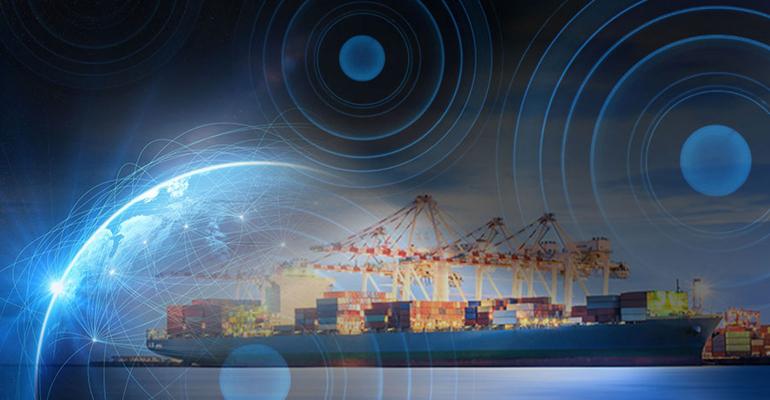When it comes to anything related to supply chains, uncertainty pervades.
Barry Parker | Jun 15, 2022
An early June report from the Freightwaves platform, with the headline, “US import demand is dropping of a cliff”, received a great deal of traction, and caused holders of transport related equities to push the “sell” button- against the backdrop of equity markets already rattled by fears of rampant inflation and pending interest rate hikes that would stifle demand. Indeed, the Freightwaves article emphasized a looming inventory glut.
The investment house Stifel, in a letter to its investor clients, raised concerns about the Freightwaves report which stated: “The latest ocean container bookings data reveals that despite the strong levels of inbound cargo during the first five months of 2022, import demand is not just softening — it’s dropping off a cliff. Because capacity on the trans-Pacific has remained relatively stable, Freightos’ container spot rates from China to the West Coast have plunged 38% month-over-month to $9,630.”
Related: Deriving value from innovation and digitalisation
In a sign of further confusion, the spot rate had initially been attributed to yet another source—Drewry. Freightos, an Israel based data provider with a working relationship with London’s Baltic Exchange, is different from Freightwaves, a US-based supply chain intelligence platform which provides news and data.
Among investors, fears of a 2008-like financial collapse are in the air. The Stifel note to investors in transport-related shares, sought to refute the Freightwaves allusion to a drastic fall in trade movements. Stifel said: “A Freightwaves article that claimed sea-borne US import bookings dropped by 40% within a couple of weeks caused a sharp sell-off in transport names. We see little evidence for this claim as it contradicts import data from US Customs. Also, it is our understanding that neither carriers nor freight forwarders have witnessed a sudden deterioration of sea-borne volume.”
Related: Technology and the human element dominant issues for Greek shipping
Stifel’s bottom was: “We thus believe last week’s sell-off is not warranted”.
The report’s author’s go on to say that: “We believe that the Freightwaves time series is neither an accurate reflection of the sea-borne import situation for the present, nor for the past. According to US Customs, sea-borne imports were stable late in May and early June except for a brief u-shaped move at the start of May that is most likely tied to the lockdown in Shanghai.”
Another observer, industry veteran John McCown, who publishes the McCown Container Volume Observer, noted that: “The ten largest US ports showed a gain of 2.9% inbound container volume during May.” Mr. McCown, an active consultant on supply chain matters, did say that while the May number represented a new record volume, the rate of increase on-year had slowed compared to the tremendous upticks over 2021 figures seen earlier in 2022.
With all the uncertainty, and the possibly over-stated levels of trade flow drop-offs, Stifel came with buy recommendations on a number of shipping and logistics “names” including Maersk, Matson and a number of others.
Further along in the vast burgeoning data lake, Windward Maritime AI, announced that it was offering predicted ETA and real-time insights as part of its Ocean Freight Visibility (OFV) set of solutions. Windward, a major proponent of deploying artificial intelligence to cull through and integrate numerous sources of maritime data, said that it is new feature: “… predicts shipments’ and vessels’ ETAs more accurately than carriers up to 30 days out. The groundbreaking AI technology outperforms the carriers’ arrival estimations for two out of three containers traded across the globe, and cuts down by half the number of ETAs assessments that are off by 5+ days, providing organizations with full visibility and predictability.”
Reference: https://www.seatrade-maritime.com/containers/freight-data-wars-horizon

